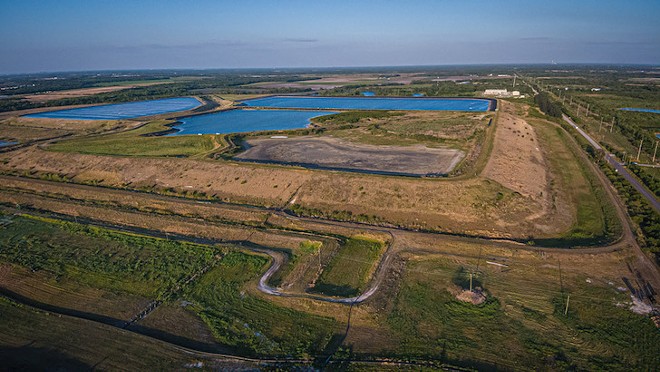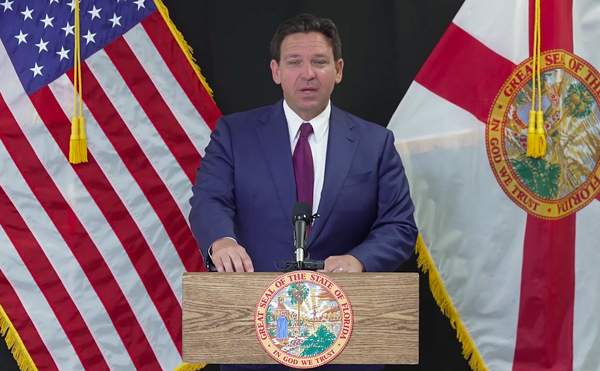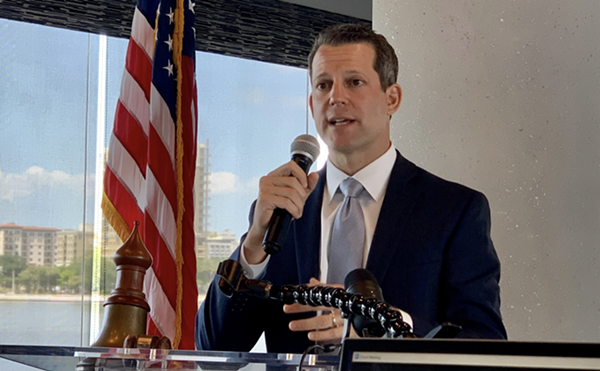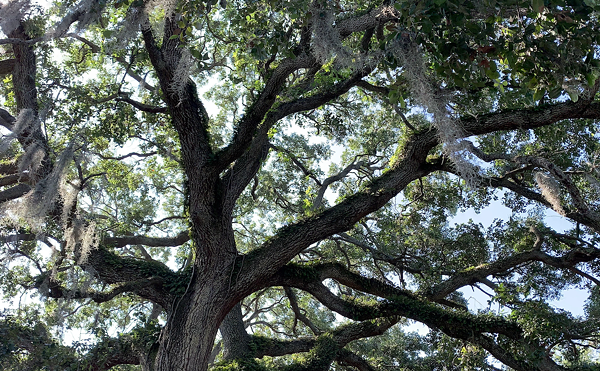
The groups, such as the Center for Biological Diversity, the Sierra Club and Waterkeepers Florida, submitted a formal notice that they plan to file a lawsuit in 60 days if the EPA doesn’t act on a 2021 petition seeking regulations on phosphogypsum waste.
The waste, a byproduct of producing fertilizer, is piled in what are known as phosphogypsum “stacks” in certain areas of Florida. The sites also include large amounts of contaminated wastewater.
The issue drew heavy attention in 2021 when massive amounts of wastewater were discharged into Tampa Bay because of concerns about a potential breach of a reservoir at the former Piney Point phosphate-plant site in Manatee County.
Tuesday’s 18-page notice said stacks and wastewater contain toxic waste and that the EPA has not responded to the 2021 petition requesting regulation under a federal law known as the Resource Conservation and Recovery Act.
“The 2021 petition detailed major releases of phosphogypsum to surface and groundwater that occurred since the EPA last comprehensively reviewed phosphogypsum in 1990,” the notice said. “Shortly after EPA received the 2021 petition, Florida officials ordered the discharge of hundreds of millions of gallons of water from the top of the Piney Point phosphogypsum stack into Tampa Bay to avert a catastrophic collapse that threatened to send a wall of phosphogypsum and wastewater onto the nearby community.”
The notice said that the EPA decided in 1991 against regulating phosphogypsum under the Resource Conservation and Recovery Act, which gives the agency authority to control hazardous waste. The notice said the EPA indicated it would regulate the waste under another law, the Toxic Substances Control Act, but has not done so.
Attorneys for the coalition of groups contend that the EPA violated a legal requirement to take action within a “reasonable time” after receiving the 2021 petition requesting regulations.
Phosphogypsum is produced when mined phosphate rock is combined with sulfuric acid to form phosphoric acid, which is used to make fertilizer.
On its website, Mosaic, a major phosphate-industry player, said phosphogypsum is deposited on stacks under “strict standards” established by the Florida Department of Environmental Protection and the EPA. Mosaic also described itself as “one of the most highly regulated companies” in the state.
“Florida regulations are among the most rigorous in the nation which is why the U.S. Environmental Protection Agency is using Florida’s phosphogypsum regulations as a template for the rest of the nation,” the website said. “Mosaic has developed extensive monitoring systems for air pollution control, surface and groundwater management, employee health and safety, process safety management and waste management/minimization.”
















